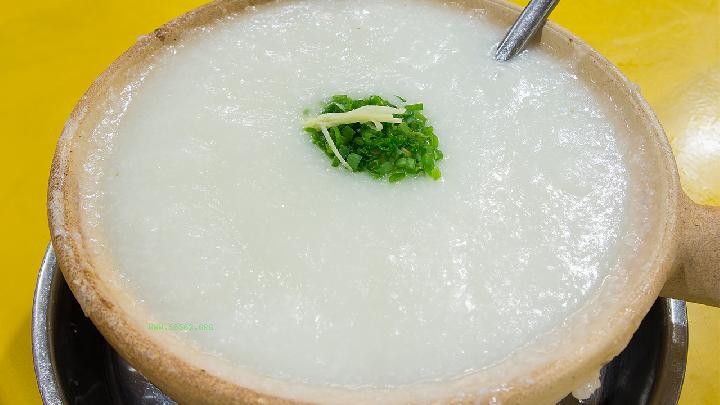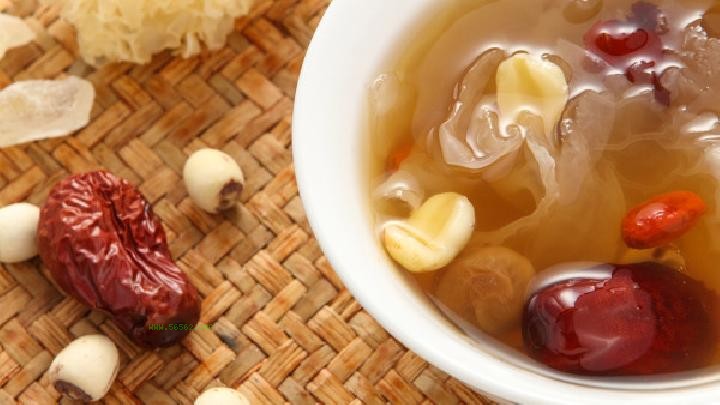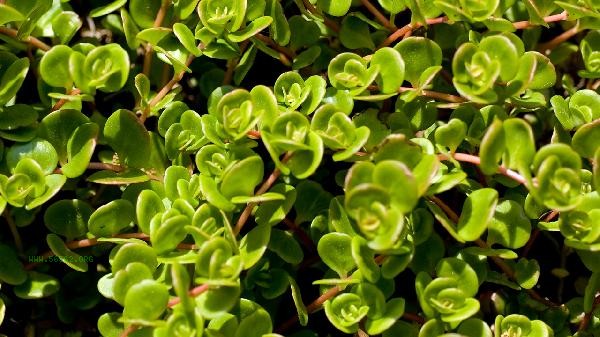Health care and dehumidification in spring, adding dehumidification ingredients to Congee is effective! Dehumidifying Congee is mainly made of dried vegetables, firewood, wax gourd, coix, red beans, corn, etc. This Congee can also be made at home and is easy to cook.
Three methods of dehumidification Congee in spring:
1. Coix Congee
Method: Coix half bowl, 10 dates, less rock sugar. Wash the jujube, remove the core, cut the cut on the jujube skin, and wash the taste to help the Coix in the Congee. Soak it in water for 2 hours. Put the soaked Coix and jujube into the pot, add water to boil over high heat, boil it down, and boil it for 30-40 minutes. Stir it with a spoon during the boiling process
Effect: Coix is a good food material to remove moisture and benefit water. Job's tears invigorate the spleen and stomach, nourish the lungs and clear heat, and eliminate rheumatism. Jujube is a good medicine that nourishes the spleen and stomach, nourishes blood and calms the mind, and treats diseases and strengthens the body. 2. Poria Congee
2. Poria Congee
Method: Take 100g of japonica rice, 100g of clean japonica rice, 20g of poria powder, put them into a pot, add proper amount of water, boil water over fire, boil the water gently until it is rotten, add salt, ginger granules, and stir. Take it once a day in the morning and once in the evening, and add brown sugar according to taste.
Effect: Long term consumption is beneficial for soaking in water, warming the spleen, and removing dampness, and also has a certain effect on chronic hepatitis.
3. Coix red bean Congee
Method: 30g Coix, 15g red bean, appropriate rock sugar. Wash Job's tears and red beans, soak them for 25 minutes, remove them and put them in a pot. Add an appropriate amount of water and boil over high heat until Job's tears rot. After cooking, add a little rock sugar to season and make them sweeter.
Effect: Removing dampness from the body, strengthening the spleen and stomach, very suitable for people with heavy dampness in the body in spring to eat. In addition to dietary therapy, attention should also be paid to dehumidification in spring. Firstly, it is important to ensure that the air in the fitness center is smooth and the humidity in the environment is not too high. Many gyms located in basements and places with poor moisture resistance are not suitable for exercise. In humid climates such as rainy season, gyms can place some dehumidifiers or dry materials to reduce humidity. Secondly, loose clothing made of fabrics with strong moisture absorption ability (such as cotton) should be selected. Tight fitting clothes made of synthetic fibers, acrylic and other materials absorb sweat, hinder sweat evaporation, and can easily cause eczema.
In addition, when the body naturally forms sweat during activities, wipe it with a clean sweat cloth, especially on the wrinkled areas of the skin (neck, armpits, groin, etc.), and do not let the sweat adhere to the skin for a long time to dry. After exercising, take a shower and change into clean clothes before all the sweat dries. Wet clothes, damp environment, and appropriate body temperature provide conditions for bacterial growth. Wearing wet clothes for a long time can also cause joint damage.





Comments (0)
Leave a Comment
No comments yet
Be the first to share your thoughts!